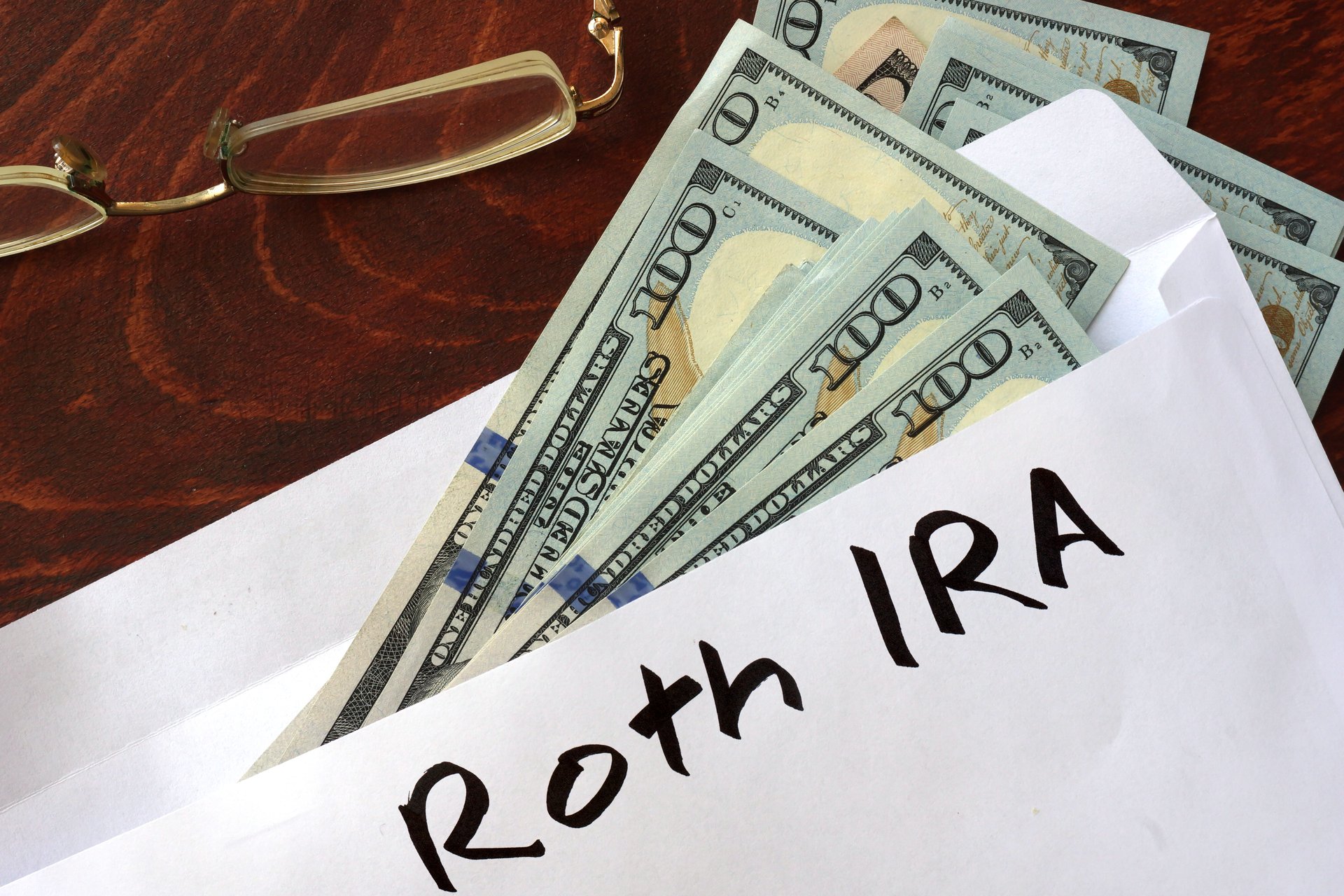
When then-President Bill Clinton signed the Taxpayer Relief Act of 1997 into law on Aug. 5 of that year, the Roth IRA was born — 20 years ago Saturday.
The new type of individual retirement account — named after Republican Delaware Sen. William V. Roth Jr., who was instrumental in its establishment — became available the following tax year, and changed investing as we know it.
Two decades after its establishment, the Roth IRA remains a uniquely attractive savings vehicle, as we discuss in “5 Reasons a Roth IRA Should Be Part of Your Retirement Plan.”
So, we wanted to take a moment to salute the Roth IRA.
Roth IRAs vs. traditional IRAs
Prior to 1998, there was only one type of individual retirement account, or IRA. Today, it’s commonly referred to as a “traditional” IRA, to distinguish it from the Roth IRA.
The two types of IRAs — traditional and Roth — have a lot in common, such as their contribution limits. But they have key differences.
Arguably, the most significant difference is how contributions and withdrawals are taxed.
When you invest in a traditional IRA, the taxes on your contribution are deferred. That means you can generally get a tax deduction upfront in the year you contribute to a traditional IRA. However, you can’t escape those taxes forever, and will have to pay them when you withdraw money during retirement.
By contrast, contributing to a Roth IRA does not earn you an upfront tax deduction. Instead, you must contribute money on which you’ve already paid taxes.
So why do it? Because unlike with funds withdrawn from a traditional IRA, you won’t be taxed on money you withdraw from a Roth IRA in retirement. The money can continue to grow in a Roth IRA for many years, and all retirement withdrawals will still be tax-free.
As Money Talks News founder Stacy Johnson summarizes in “Ask Stacy: Which Is Better — a Traditional or Roth Retirement Plan?”:
“So when you’re asking whether a traditional or Roth is better, what you’re really asking is whether it’s better to get a deduction now or get tax-free income after retirement.”
Another noteworthy perk of Roth IRAs is that they are not subject to what are known as required minimum distributions, or RMDs.
With a traditional IRA, you must generally start withdrawing money from the account by age 70½. With a Roth IRA, that rule typically does not apply.
To learn more about the differences between traditional and Roth IRAs — and how to choose the right one for you — check out “Confused by Retirement Accounts? Roth, Regular IRAs and 401(k)s Made Simple.”
What’s your take on the Roth IRA? Sound off below or over on our Facebook page.




Add a Comment
Our Policy: We welcome relevant and respectful comments in order to foster healthy and informative discussions. All other comments may be removed. Comments with links are automatically held for moderation.